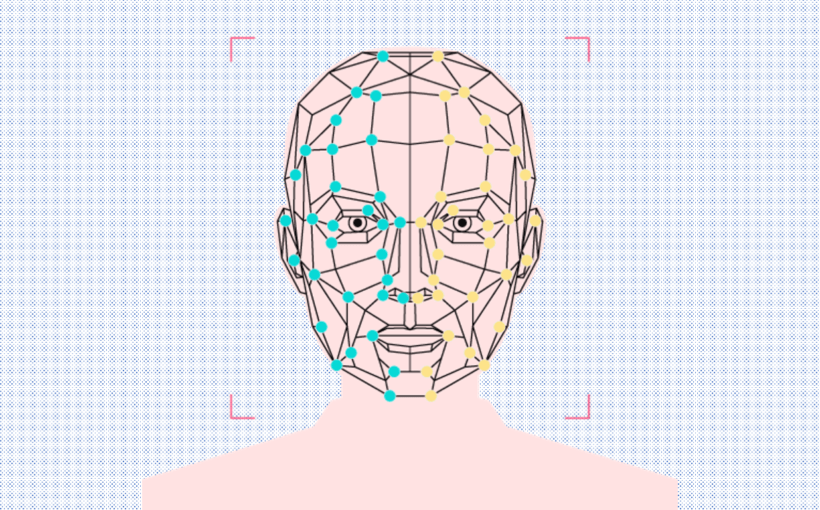In contrast with packet-degree modulation, bodily-degree modulation is more fine-grained and thus achieves high-speed throughput by immediately simulating the heterogeneous alerts within the physical layer. In keeping with CTC, using completely different layer modulations, the present CTC works might be divided into two categories: packet-stage modulation and bodily-stage modulation. Unfortunately, fraudulent senders can use a pretend display title without showing their electronic mail tackle. Because of this, hackers usually exploit electronic mail vulnerabilities to steal confidential info corresponding to commerce secrets or launch a cyberattack. Hypothetically speaking, let’s say you receive an e-mail that looks like it’s out of your boss, your e-mail carrier supplier, or likely even your best good friend. These attacks are most common in unsecure Wi-Fi places like cafes and airports.
Attackers know that file extensions are hidden by default in Windows, so Home windows users will solely see the filename.txt and suppose they’re opening a text doc, which runs a malicious program. Moreover, the DOCSIS specification calls for that sav be turned on by default for DOCSIS 3.0 and 3.1 compliant CMTS devices. CTC in heterogeneous wi-fi networks by measuring the corresponding RSS on WiFi devices Here. When the ZigBee devices receive such a WiFi frame, they ignore the WiFi header, the preamble, and the trailer as noise. In contrast, the payload will efficiently cross the ZigBee preamble detection, after which the ZigBee receiver will demodulate the emulated ZigBee body. To detect this assault, they utilized higher-order statistics on the ZigBee receiver to analyze the constellation.
Use packet filtering systems able to detect inconsistencies, resembling outgoing packets with source IP addresses that don’t match these on the community. We suggest using the spatial correlation of RSS inherited from wi-fi nodes and combining two machine studying methods for detecting CTC spoofing assaults. Due to this fact, just like conventional homogeneous wi-fi attacks, CTC spoofing attacks will also be easily carried out and cause vital harm to community efficiency. Ok-medoids algorithm to detect spoofing attacks, which determined the variety of attackers and localized multiple adversaries. This set of rules is advanced to the k-manner clustering algorithm because it is strong towards any noise and outliers that the information may include. K-means clustering algorithm to detect and localize MAC tackles spoofing in both 802.11 WLANs and 802.15.Four ZigBee networks.

